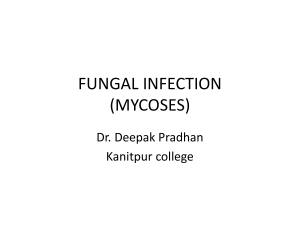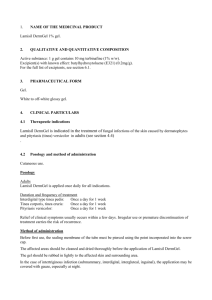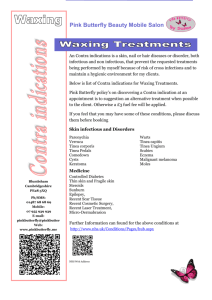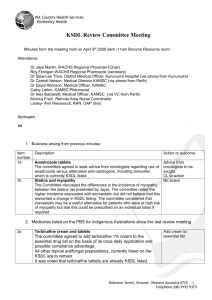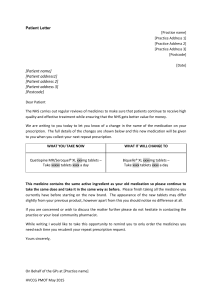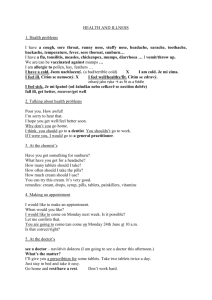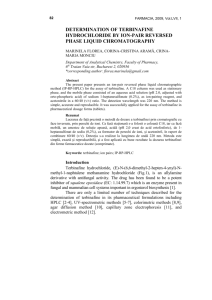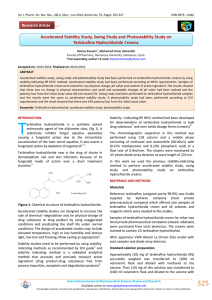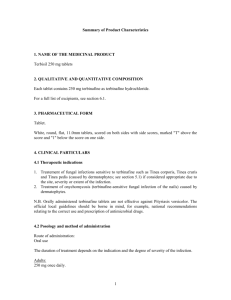Introduction
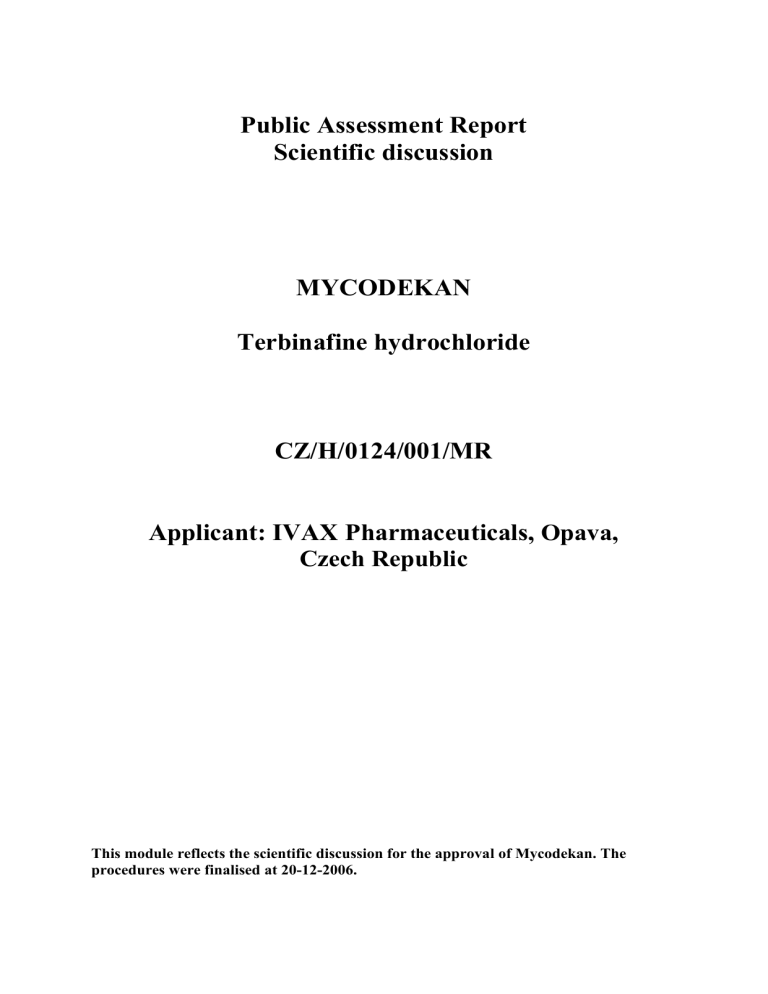
Public Assessment Report
Scientific discussion
MYCODEKAN
Terbinafine hydrochloride
CZ/H/0124/001/MR
Applicant: IVAX Pharmaceuticals, Opava,
Czech Republic
This module reflects the scientific discussion for the approval of Mycodekan. The procedures were finalised at 20-12-2006.
INTRODUCTION
The application was submitted as an abridged application according to article 10.1 (a)(iii) of
Directive 2001/83/EC, claiming essential similarity to the original product Lamisil tablets,
Novartis. The marketing authorisation holder of this reference product Reg.No. 26/418/91-C is Novartis s.r.o., Prague, Czech Republic.
Mycodekan Ivax contains 250 mg of terbinafine hydrochloride per tablet and is indicated in the treatment of ringworm (tinea corporis, tinea cruris and tinea pedis), where oral therapy is considered appropriate due to the site, severity or extent of the infection, and in the treatment of onychomycosis.
QUALITY ASPECTS
Introduction
Mycodekan is presented in the form of uncoated tablets containing 250 mg of terbinafine hydrochloride. The excipients are sodium starch glycollate, microcrystalline cellulose, hydroxypropylmethyl cellulose 6cps, colloidal anhydrous silica and magnesium stearate. The choice and function of the excipients have been satisfactorily described.
The product is packed into colourless transparent PVC/Al blisters. Blisters are placed, together with a package leaflet, into a paper folding box.
Drug substance
The active substance terbinafine hydrochloride is a white to almost white crystalline powder.
Physical-chemical properties have been adequately described. There have been no literature reports of polymorphism. The chemical structure was sufficiently characterized.
The scientific information has been submitted in form of a Drug Master File. Manufacture has been described in detail.
Specification of Terbinafine hydrochloride corresponds to the monograph in Ph.Eur. and it is completed with the limits for residual solvents according to the ICH and Ph.Eur. limits. Limits for physical properties (bulk density, tapped density, particle size) are added. The analytical methods have been sufficiently described and validated. Certificates of analysis have been provided for representative batches supporting required quality of the active substance.
Detailed information is given on specifications and analytical tests for containers. All components of the primary packaging for the active substance are in line with Directive
2002/72/EC and with Ph.Eur. monographs.
The re-test period is justified based on the stability results when substance is kept in the proposed packaging.
Medicinal Product
The development of the medical product has been sufficiently described; the essential similarity, based on comparison of dissolution profiles, impurity profiles and bioequivalence with brand leader Lamisil, has been documented.
Tablets are formulated using excipients described in the current Ph Eur .
The representative certificates of analysis have been provided. No excipients of human or animal origin are used during production of Mycodekan.
The manufacturing process has been presented with its critical steps and with in process controls. The validation of manufacturing process confirms that the process is reproducible, and demonstrates accordance with the specification. The tests and limits are considered appropriate to justify the quality of the medicinal product. The analytical methods have been sufficiently described and validated.
Batch analysis data have demonstrated compliance with the proposed release specification
The safety of proposed packaging material has been documented.
Stability studies under ICH conditions have been performed and data presented. Based on the result obtained from this stability study and evaluation of stability data, the shelf life of 2 years can be approved for Mycodekan. With respect to CPMP Note for guidance on
Declaration of Storage Conditions in the Product Particulars, this medicinal product does not require any special storage conditions.
CLINICAL ASPECTS
Based on the review of data on quality, safety and efficacy, the RMS considered that the application for Mycodekan, tablets, in the treatment of
Onychomycosis caused by dermatophytus fungi
Tinea capitis
Fungal infection of skin, tinea corporis, tinea cruris and tinea pedis and candida infection of skin, where systemic therapy is considered appropriate due to the site, severity or extent of the infection is approvable.
The applicant claims essential similarity, under article 10.1 (a)(iii) 1 st
par.of Directive
2001/83/EC, to Lamisil 250mg, tablets, authorised for more than 10 years in Europe. Lamisil
250mg, tablets, has been authorised in the Czech Republic since 1991 (MANo 26/418/91-S/C, marketing authorisation holder Novartis, Prague, Czech Republic).
Terbinafine hydrochloride is an allylamine antifungal agent, active after oral or cutaneous administration, which possesses fungicidal and fungistatic activity. It has a broad spectrum activity against fungal pathogens of the skin, hair and nails. It is indicated in the treatment of infections caused by dermatophytes, Candida albicans and pityrosporum . The recommended dose is one 250mg tablet daily for the duration of the treatment that depends on the indication and severity of the infection.
No new preclinical studies and no clinical studies were conducted, which is acceptable given that the applications were based on essential similarity to a product that has been licensed for more than 10 years. The application contains an adequate review of published clinical data.
To support the application, the applicant has submitted as report one bioequivalence study.
Essential similarity has been sufficiently proven by the bioequivalence study that complies with current requirements and by comparison of dissolution and impurity profiles.
Quality of the product Mycodekan 250mg tablets and GMP standards of manufacture have been sufficiently demonstrated.
The SPC of product Mycodecan 250mg tablets corresponds to the SPC of reference product and is in principle in compliance with Guideline on Summary of Product Characteristics and the latest pharmacovigilance information.
The Package leaflet has been shown to provide the tested consumers with all required information in a clear and comprehensive form and the Readability testing was performed according to the guidelines.
The main goal of the submitted clinical study was to conclude the bioequivalence of the test product containing 250 mg terbinafine (Terbin 250 mg tablets Eczacibasi, Turkey) as compared to a reference product Lamisil. The study was an open, randomised, single-dose two-period, two-sequence cross-over bioequivalence trial conducted at one study site. In total
18 healthy volunteers were given study medication and analysed. Physically and mentally healthy 18 – 45 year old male Caucasians were enrolled.
Study subjects were given a single dose of 250 mg terbinafine (1 tablet) of both test and reference product in a random sequence after 12-hour fasting and 4 hours before a standard meal. They remained at the study site for 12 hours post dose.
The first period was followed by a wash-out period of 10 - 18 days.
There is no active metabolite of terbinafine. The plasma concentrations of terbinafine in plasma were determined in accordance with GLP requirements. The analyst was blinded so that he could not have distinguished the test and reference. The plasma samples (N=612) of all 18 study subjects who completed the trial according to the study protocol were analysed.
ANOVA was carried out on log transformed C
MAX
, AUC
INF
and AUC
T
values. Factors for treatment, period, sequence and subject within sequence were included in the model.
The confidence intervals were calculated for the test/reference ratios for AUC and C
MAX
with the coverage probability of 90% and the values were inside the predefined 80-125% (AUC
INF
,
AUC
T
) and 70-143% (C
MAX
) limits.Bioequivalence has been satisfactorily demonstrated according to the CHMP criteria.

